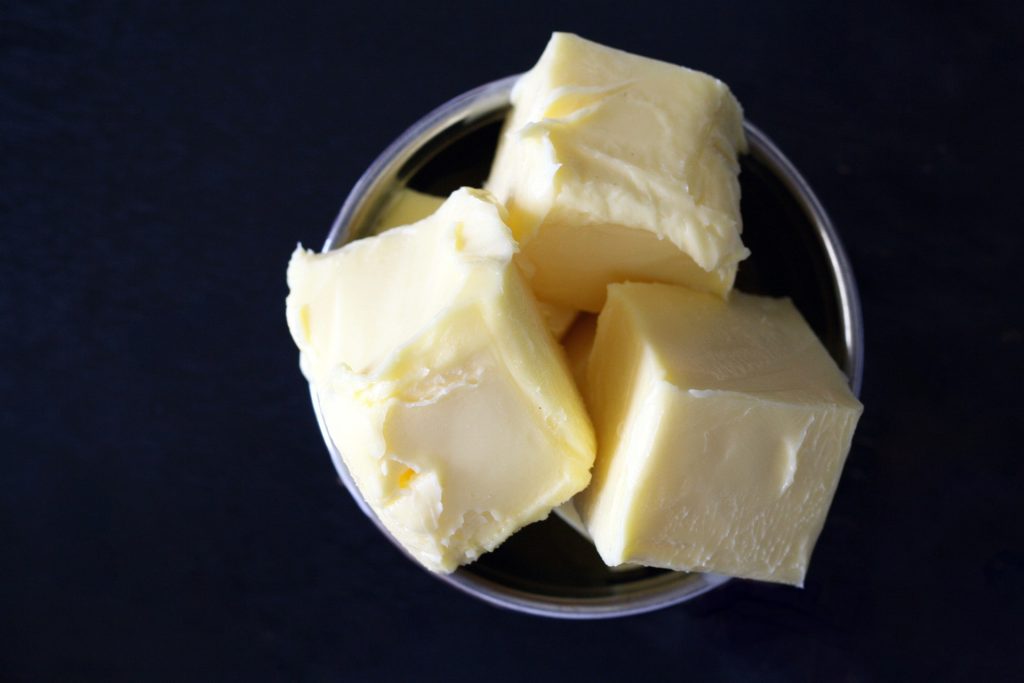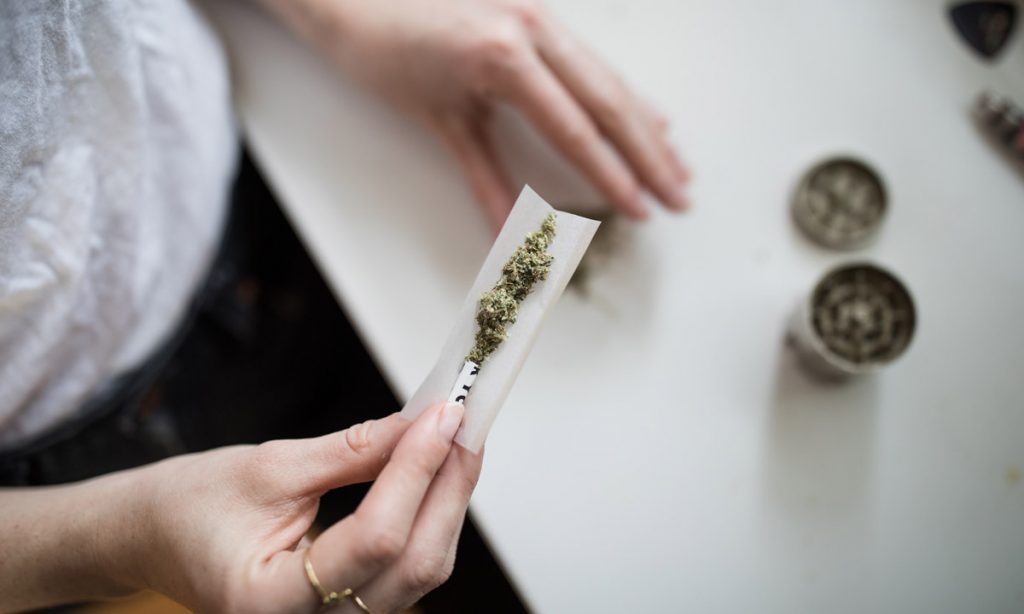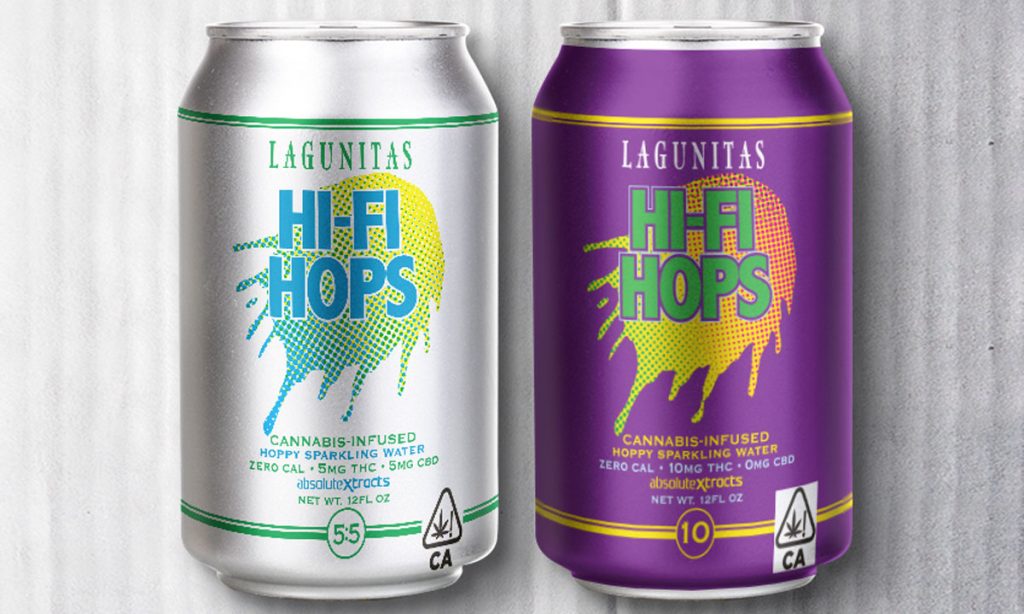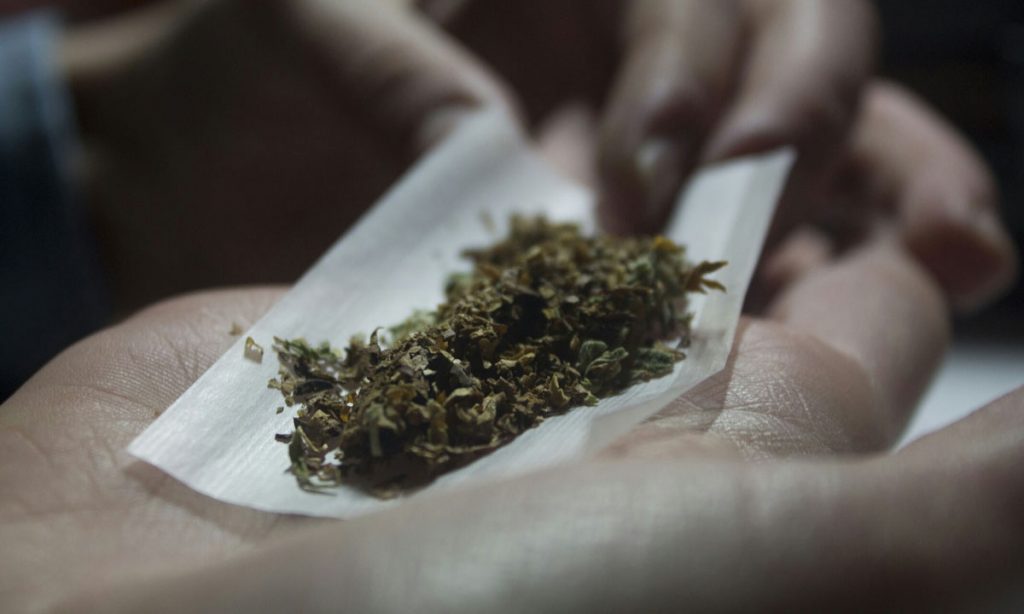A new study reveals that almost half of those who currently use cannabis in North America are over 40, a surprising number given the narrative that most cannabis users are in younger demographics. This insight came alongside many other interesting data points about the industry.
This information comes from Akerna, a group in the industry that works with software, compliance technology, seed-to-sale research planning, and enterprise software for the cannabis companies across North America. It dug into North American cannabis consumer habits to reveal deep insights about the industry and how it operates, in order to shed light on what businesses can expect in the coming months.
“Akerna is an enterprise software company focused on compliantly serving the cannabis, hemp, and CBD industry,” their biography states. “First launched in 2010, Akerna has tracked more than $20 billion in cannabis sales to date and is the first cannabis software company listed on Nasdaq. The company’s cornerstone technology, MJ Platform, the world’s leading infrastructure as a service platform powers retailers, manufacturers, brands, distributors, and cultivators.”
According to the breakdown from the Akerna study, which looked at type of cannabis consumption method, as well as age and gender of cannabis users, flower is the most popular way to consume cannabis in the U.S., with edibles the least popular besides the “other category. Results also showed that more men than women consume cannabis, as men logged in at 62.5 percent and women claimed 37.5 percent.
Self-Reported Use
In addition to looking at the numbers for sales and the type of cannabis consumed, the study also examined the numbers for reported use. In most cases, the numbers mirrored each other, showing people reported accurately about what they consume. “Some of this confirms what we already know, that flower is the most popular consumption method,” says James Ahrendt, Business Intelligence Architect, Akerna. “However, we also found some surprising data points. For example, medical consumers on average spend more and purchase more items than their adult use counterparts.”











